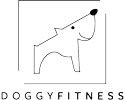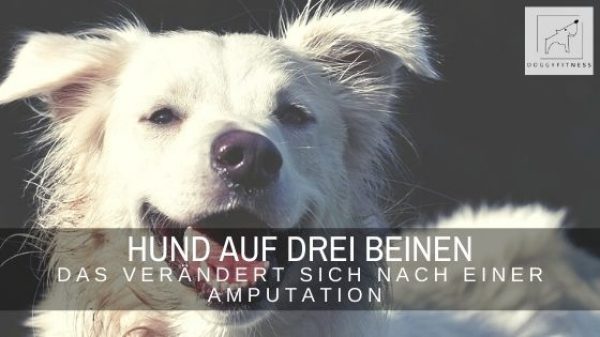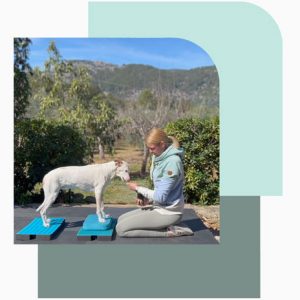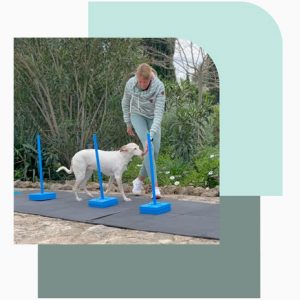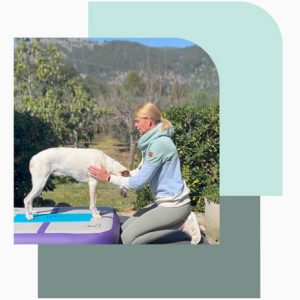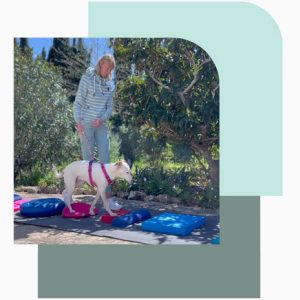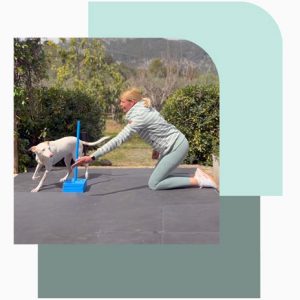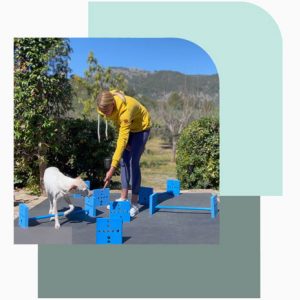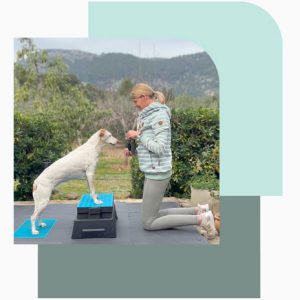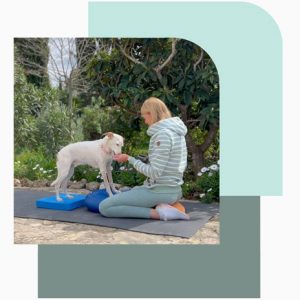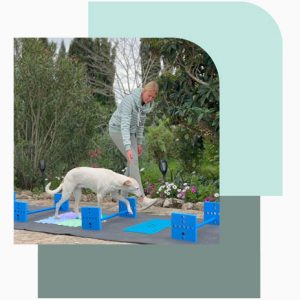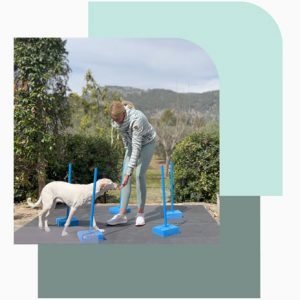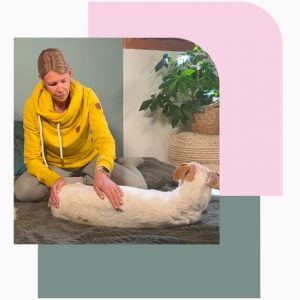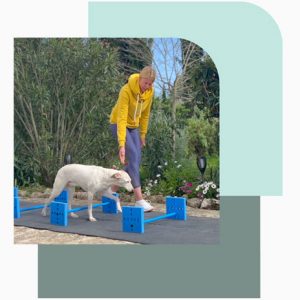When dog owners learn that their dog will need a barrel amputation, the shock is usually great at first. No wonder, an amputation is a major, non-revocable procedure. This needs to be well thought out. There are several reasons why a dog may need to have a barrel amputated. These include, for example, malformations, injuries due to accidents or osteosarcomas.
Since amputation is a serious procedure, a veterinarian will usually weigh it carefully. In the case of osteosarcoma, for example, it can still give the dog valuable life. Amputation dog
Is a life on three legs worth living for a dog?
Absolutely! Dogs can compensate wonderfully and usually do very well on three legs after a short “familiarization” period. Walks, playing with dog buddies – all this is super doable.
What changes for the dog’s body? Amputation dog
In a healthy four-legged dog, it looks like the forehand lifts about 60% of the body weight. The hindquarters carry about 40%. The thrust for the forward movement is given by the dog from the hindquarters and it is transported forward via the spine. The forehand and shoulder girdle provide stability to the body. Amputation dog
If the dog has now “only” three legs, it comes on the one hand to a changed distribution of the load on the front and hindquarters. The statics of the dog’s body are altered. On the other hand, the “functions” of the front and hindquarters change – always depending on whether the barrel was amputated in the front or in the back. Amputation dog
What are the possible consequences? Amputation dog
The change in weight and function distribution results in greater stress on the joints and muscles. This results in faster wear and tear of the joints in the form of arthrosis, for example, and also causes tension in the muscles. Amputation dog
What can you do as a dog owner?
It is important that you do not wait until your dog has developed severe and painful tension. From the beginning, the muscles should be loosened regularly, e.g. by massages. In addition, active exercises are useful to strengthen your dog’s altered body awareness and coordination while ensuring consistent muscling. In addition, the use of bandages or orthoses to relieve and support joints can also be very useful.
All the love, your Tina
Dieser Beitrag ist auch verfügbar auf:
Français (French)
Deutsch (German)
Español (Spanish)
